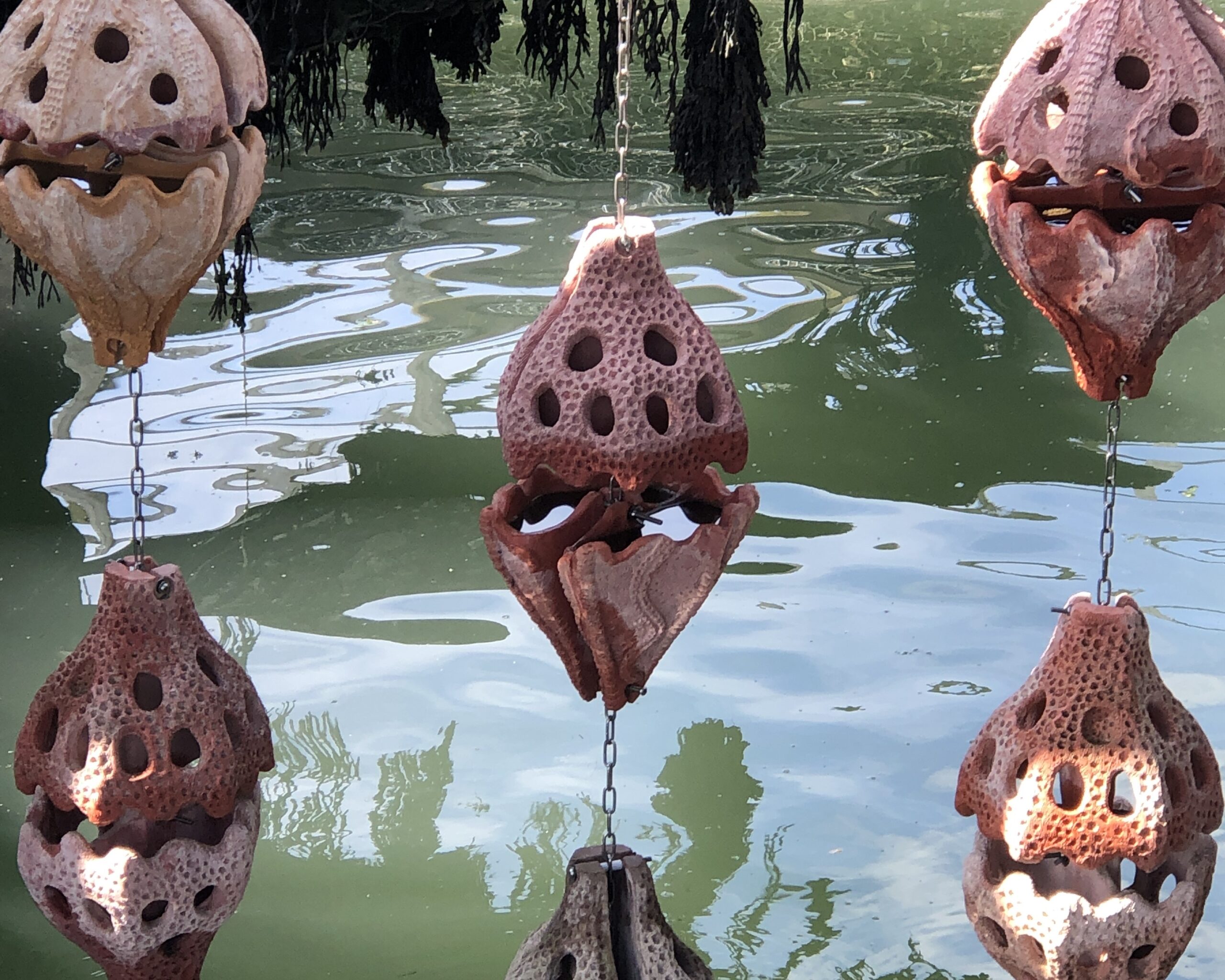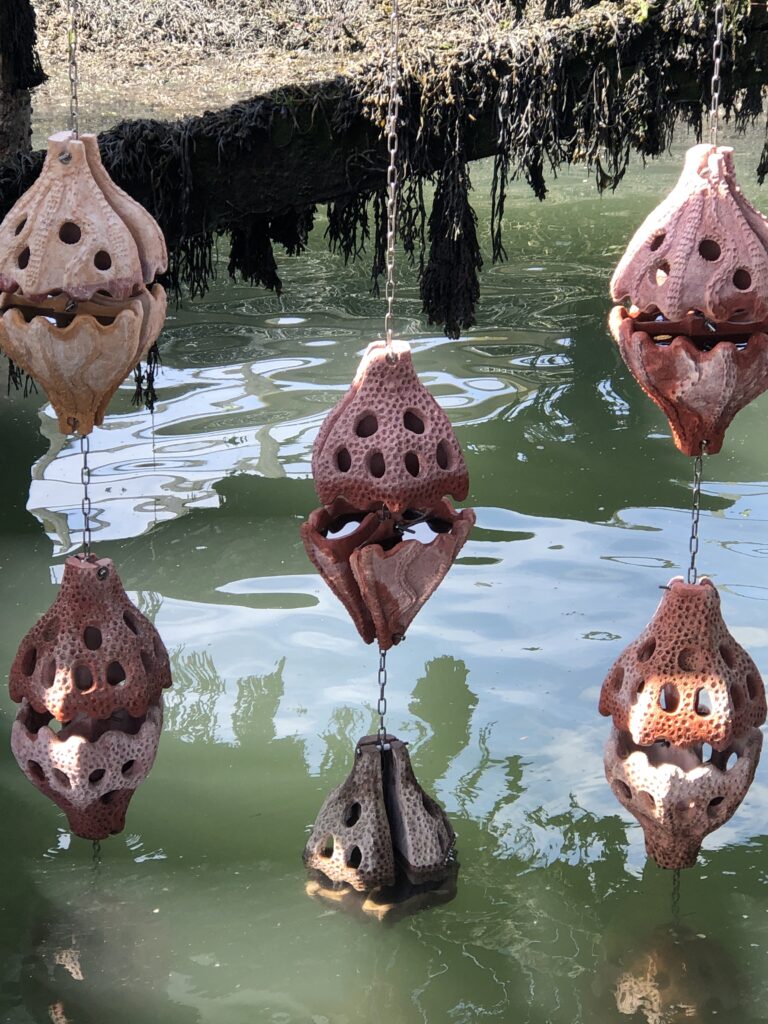PROTECTING OUR RIVERS AND ESTUARIES AND SECURING THE NEXT FINANCIAL STREAM TO CONTINUE THE GROUNDBREAKING WORK

For the past 18 months, the Nature-based Solutions team at Groundwork North East & Cumbria have been championing a major nature restoration project to revitalise the six rivers and estuaries in the region; The Wansbeck, Blyth, the Tyne, Wear, Tees and the Esk.
The work has played to our strengths as an environmental and community charity. Not only have we been creating innovative ways to restore lost habitats for wildlife and marine life, we have also used the project to create new green job opportunities for young people in the region, and to reconnect communities with their local environments for all the health and wellbeing benefits this delivers.
As the funding for this project comes to an end, we’ve been taking stock, reviewing our successes, and considering ways we can attract new funders and corporate investors. We need to find ways to continue this essential work for the good of the communities in which we work, for the teams we have created, and for the future health of our rivers and estuaries, but most importantly, for the good of the environment.
Central to our efforts has been using nature in the fight against climate change, known as Nature-based Solutions, NbS. We have been exploring ways to use nature and nature restoration to tackle man-made problems affecting our rivers, estuaries, and the wider northeast coastline.
The sorry state of our rivers and estuaries has hit the headlines with negative stories about the adverse effects of sewage outflows, coastal squeeze, and the effects of generations of industrialisation, mistreatment and neglect.
With this in mind, we have been beavering away with our Revitalising our Estuaries programme, making improvements, tackling the decline, and working to improve biodiversity in our rivers and estuaries. This project is funded by the Government’s Green Recovery Challenge Fund. The fund was developed by Defra and its Arm’s-Length Bodies. It is being delivered by The National Lottery Heritage Fund in partnership with Natural England, the Environment Agency and Forestry Commission.
As the first part of the project is now complete, we can look back and be rightfully proud of all that has been delivered. What we have achieved in a relatively short space of time has made us more determined to redouble our efforts to secure additional funding so we can build on and continue this essential work.
The goals for the initial programme were to use Nature-based Solutions to improve hundreds of hectares of estuary habitat along the north east coastline, and to create six innovative habitats on these estuaries. In most areas we exceeded our priorities for action, and targets.
In total, the programme delivered a landscape impact of over 468 hectares, and 10 tonnes of carbon sequestration from Nature-based Solutions and tree planting. 1,071 trees were planted across 4 coastal areas to improve hedgerow and biodiversity. We also restored 317 hectares of sand dunes and created 7.65 hectares of intertidal habitats. Intertidal zones are crucial sites for biodiversity, these areas are above water level at low tide and completely submerged at high tide. In many of our heavily industrialised rivers, these zones have been severely impacted. As part of this project, we have done some ground-breaking work to restore these habitats and improve water quality, as well as encouraging community involvement. Our efforts have had some attention-grabbing results.
We’ve worked with some amazing companies to deliver this programme and have scored a number of global ‘firsts,’ including the creation of the world’s first floating eco-island on a major tidal river on the Tyne at Newcastle. Funded separately by the Environment Agency’s WEIF grant scheme, NE1 and Northumbrian Water the wildlife island is equivalent to the size of eight car parking spaces, the floating eco-island was designed to create habitats that have been lost by the industrialisation of the estuary. Two others have been installed at Royal Quays Marina and a third in Sunderland Marina.

Collaborating closely with Artecology, a company that designs and purpose-builds artificial rock pools called Vertipools, we now have 100 of these structures installed at Blyth’s East Pier, Sunderland Marina, South Shields Marina and Whitby Harbour. These unusual triangular structures are fitted onto the sea and harbour walls and other coastal structures to create new, artificial marine habitats and to improve biodiversity. The Vertipools look more like an art installation than an ecological intervention and have attracted considerable attention.
Another amazing, eye-catching project has been the creation of 76 fish refugia, known as ‘shelter shells’, that have been installed in Blyth and Whitby Harbours. The installation at Blyth is the largest of its kind in the world. Again, the installations look like beautiful, sculptural artforms but deliver major ecological benefits. The shelter shells are being closely monitored by marine scientists to assess their impact and the biodiversity and water quality improvements it is anticipated they will deliver.
The Vertipools and shelter shells are so visually striking and have such a strong, positive environmental backstory that they have attracted a lot of positive media and public attention. This is great for the project. Getting people talking about the installations has helped spread the word about what we are trying to achieve. It has also encouraged people to engage with the programme and helped highlight the importance of Nature-based Solutions in tackling the climate crisis.
In addition to the marine based work, we have also created three safe nesting sites to support bird habitat creation at South Gare on the river Tees, together with 700 metres of estuary edge restoration at Prince Consort, Liebherr Slipway, Hebburn Riverside Park, Whitehall Landing and Sandy Bay.
Much of our Revitalising our Estuaries work has been ground-breaking and visually appealing which has helped encourage local communities to engage and get involved with the programme. One of our major priorities was to encourage people to reconnect with nature for their mental health and wellbeing. We are delighted with the results as we managed to engage directly with over 3,500 local residents along the length and breadth of the project and build community connection with the project by hosting educational visits and events. We also encouraged volunteers to get involved by creating ‘citizen scientist’ opportunities so people could help in a practical way with monitoring, sampling and evaluation. Our target was to improve access to nature for more than 85,000 people in the region. Our successes in this area were notable, we connected with over 365,000 both in-person, and via media coverage of our activities.
Making a positive social impact was a key goal this project delivered on. By replacing lost nature in urban environments we wanted to improve local areas and remind people of the benefits of reconnecting with nature – be it green or blue. The feedback about the results has been extremely positive with local people delighted that their communities are better places to live, work and visit thanks to the new green spaces and improved riverside views.
Increasing skills and employment opportunities for young people in the region was another key strand of the project, and one which is close to Groundwork’s heart. This project alone created job opportunities for 37 young people and supported four members of staff within our own team.
We are rightfully proud of all our achievements on this project, especially as they have been delivered in such a short space of time. We hope it will leave a lasting legacy.
What we need now is more time and more funding.
Our efforts are starting to deliver results. Much of our work has been innovative, working with leading-edge companies to test ideas and create novel and awe-inspiring artificial habitats and Nature-based Solutions to see which works best. If they are successful, we know they will be scaled up to deliver even bigger and better results in other part of the UK and internationally.
But we need to maintain momentum. To continue this work and to encourage more businesses and organisations to buy in to our efforts we are launching an Investor’s Portfolio for Nature-based Solutions. We are committed to continuing partnership work and we hope to attract an additional £100K funding from the Environment Agency’s Natural Environment Investment Readiness Fund (NEIRF). We know that there is a growing appetite for NbS linked to Biodiversity Net Gain, carbon sequestration, water quality improvements and we hope that the social and community impacts of our work will add value and help to attract investment from the private sector. With extra funding we will be able to deliver more schemes of this type in the future.
Any businesses interested and committed to sustainability and carbon sequestration are invited to work with us to accelerate and continue these efforts.
To find out more contact : gnec.development@groundwork.org.uk
